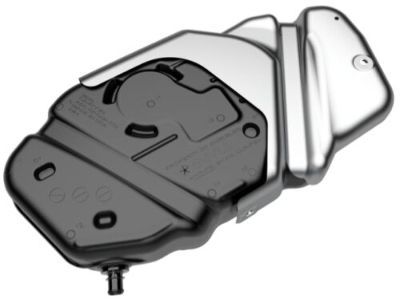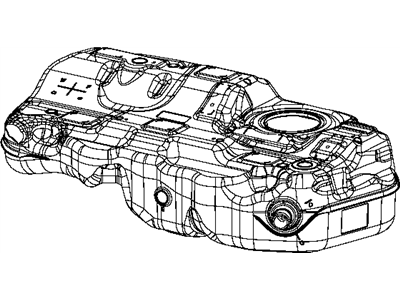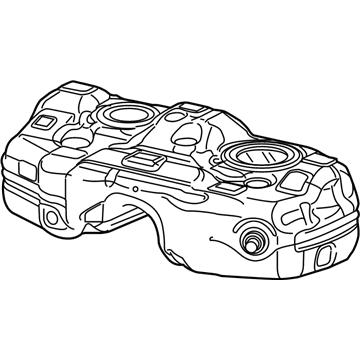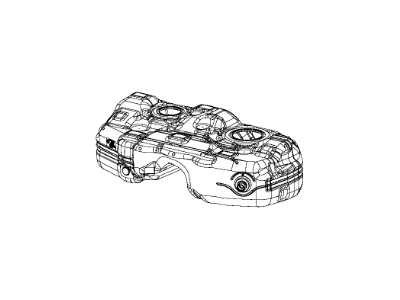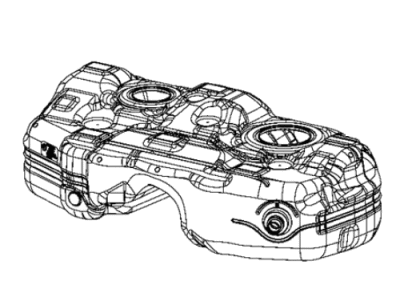
My Garage
My Account
Cart
Genuine Jeep Cherokee Fuel Tank
Gas Tank- Select Vehicle by Model
- Select Vehicle by VIN
Select Vehicle by Model
orMake
Model
Year
Select Vehicle by VIN
For the most accurate results, select vehicle by your VIN (Vehicle Identification Number).
18 Fuel Tanks found
Jeep Cherokee Fuel Tank
The Fuel Tank in Jeep Cherokee cars is important for holding the fuel which is channeled to the engine and has other components such as the electric fuel pump and fuel gauge sender. Purpose is to reduce fuel movement inside the tank and exhaust noise, the tank is incorporated into the Evaporative Emission Control System (EVAP) to control fuel vapour emissions. Jeep Cherokee fuel tanks have been manufactured in either steel or aluminium or metal or in High Density Polyethylene (HDPE) plastic material. Both has its merits and demerits; metal tanks can corrode and rust, while plastic ones can crack up at extreme temperatures. Also, there are high capacity tanks which are of the polymer material used by the military and there are no problems of corrosion like those seen in metal tanks also they can carry more fuel to provide longer driving range.
Looking for affordable and high-quality auto parts? Then you have already arrived at the proper online shop. We offer all Jeep Cherokee Fuel Tank at great affordable prices. Moreover, all genuine Jeep Cherokee Fuel Tank come with a manufacturer's warranty. In the long run, you would realize you have saved a lot of trouble and money with OEM parts from here.
Jeep Cherokee Fuel Tank Parts Questions & Experts Answers
- Q: How to remove and install a fuel tank on Jeep Cherokee?A:The following procedure is much easier to perform if the fuel tank is empty. Run the engine until the tank is empty. Remove the fuel tank filler cap to relieve fuel tank pressure. If the vehicle is fuel-injected, relieve the fuel system pressure. Detach the cable from the negative terminal of the battery. If the tank still has fuel in it, you can drain it at the fuel supply line after raising the vehicle. Raise the vehicle and place it securely on jackstands. Disconnect all hoses and the electrical connector for the fuel gauge sending unit and electric Fuel Pump (if equipped). Carefully label all hoses so you can reinstall them in their original locations. Siphon the fuel from the tank at the fuel feed line, not the return line. Support the fuel tank with a floor jack or jackstands. Position a piece of wood between the jack head and the fuel tank to protect the tank. Disconnect the fuel tank retaining straps and pivot them down until they are hanging out of the way. Remove the tank from the vehicle. Installation is the reverse of removal.
- Q: What precautions should be taken when repairing the fuel tank or filler neck on Jeep Cherokee?A:All repairs to the fuel tank or filler neck should be carried out by a professional with experience in this critical and potentially dangerous work. Even after cleaning and flushing the fuel system, explosive fumes can remain and ignite during tank repair. If the fuel tank is removed from the vehicle, it should not be placed in an area where sparks or open flames could ignite the fumes. Be especially cautious in garages with natural gas appliances, as they could cause an explosion.

